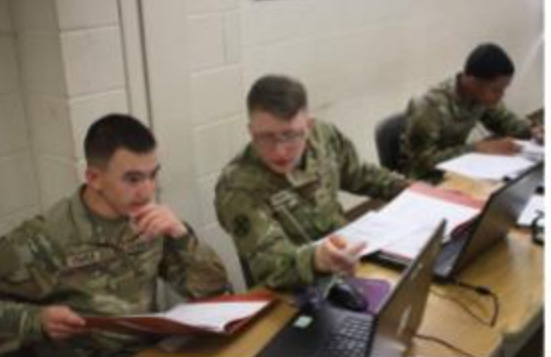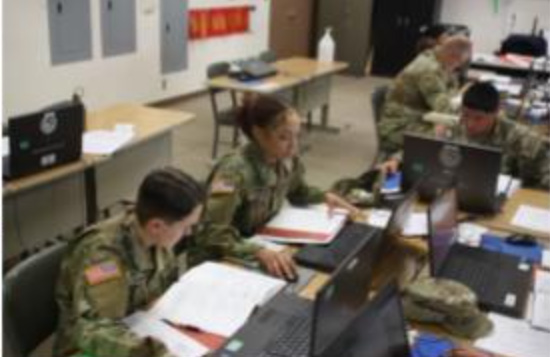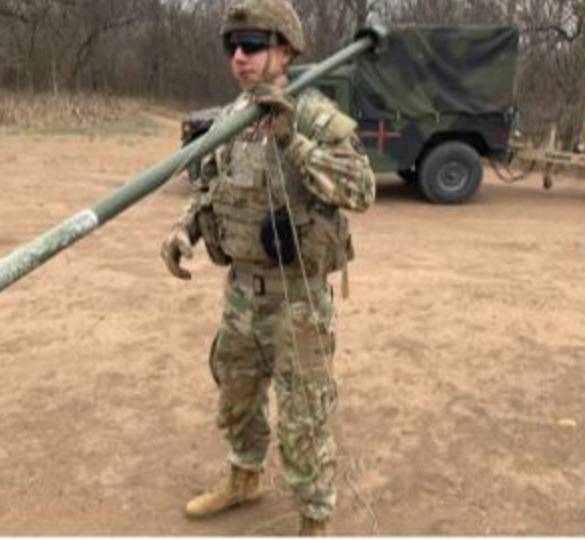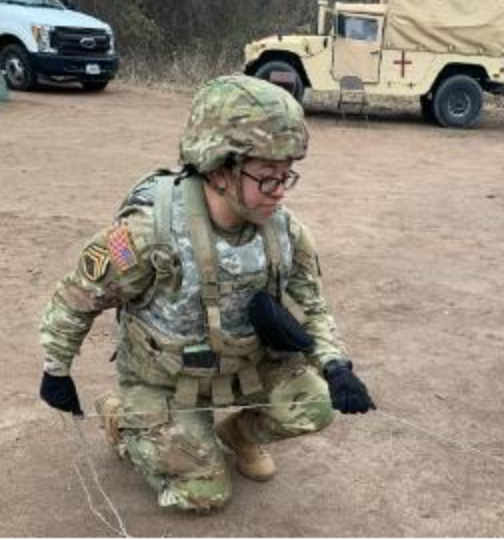13J Fire Control Specialist
Delta Battery, 1st Battalion 78th Field Artillery
13J Class 30-23
Class 30-23 is in their first week of training! The class has successfully in-processed through the Battery and Battalion. The class then learns about tactical communications. To shoot effectively in the Field Artillery, ensuring we have operational communications is key to win the fight against our adversaries. The class will test on communications Wednesday, learn how to erect a 30ft antenna on Thursday, and start their 13J coursework Friday.
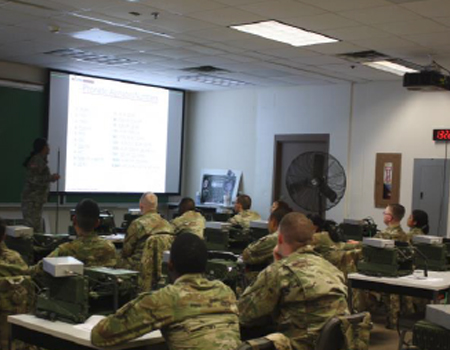
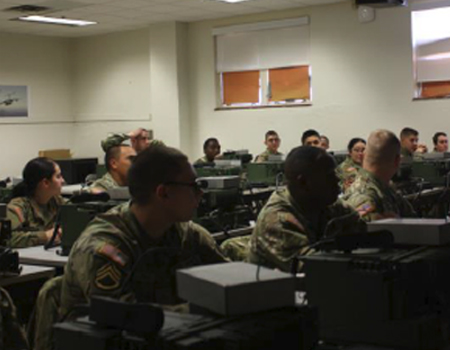
Class 30-23 is in week two of class! The class is currently learning how to construct a firing chart. The firing char is a method used in manual gunnery to extract the range to target from a cannon location, as well as where the tube will face, or what we call a deflection. The class will test Friday on the firing chart and gear up for the rest of manual gunnery next week!


Class 29/30-23 pulls out the “sticks” and learns manual gunnery this week! In manual gunnery a class learns the mathematics and the physics behind firing a cannon. The class starts with extracting data from the Tabular Firing Tables (TFT). This is a book with all basic firing data. After, the class learns how to extract data using the graphical firing tables (GFT) and the graphical site table (GST). These instruments we sometimes call “sticks”, which are a visual representation of the TFT. The class also completed their High Demands Physical Test. Each soldier had to move a 270lb dummy and carry a 45-pound bag a certain distance.
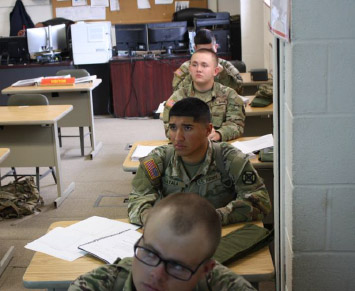
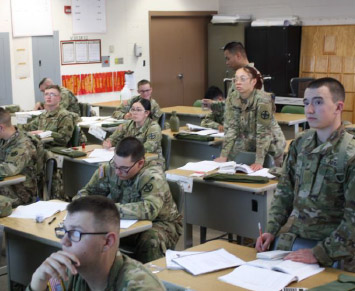
Class 29/30-23 conducts practical exercises in manual gunnery. The class tests their knowledge from the subjects they have learned the week prior learning the Tabular Firing Table (TFT), Graphical Firing Table (GFT), Graphical Site Table (GST), and Record of Fire (ROF). They will complete this week by testing on manual gunnery, then they will pull out their laptops and start Basic AFATDS Operations.
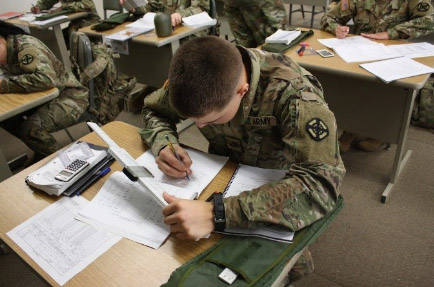
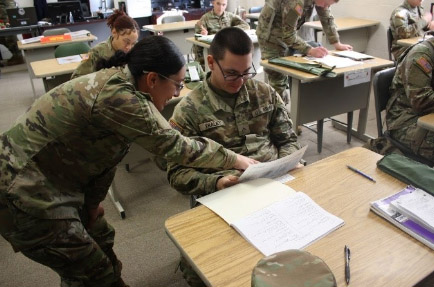
Class 29/30-23 conducts Basic AFATDS Operations. After successfully completing their manual gunnery examination, the class pulls out the laptops and learns the AFATDS program. Throughout this week and next, the class will learn how to operate the program, build communication networks, build units, and add battlefield graphics.
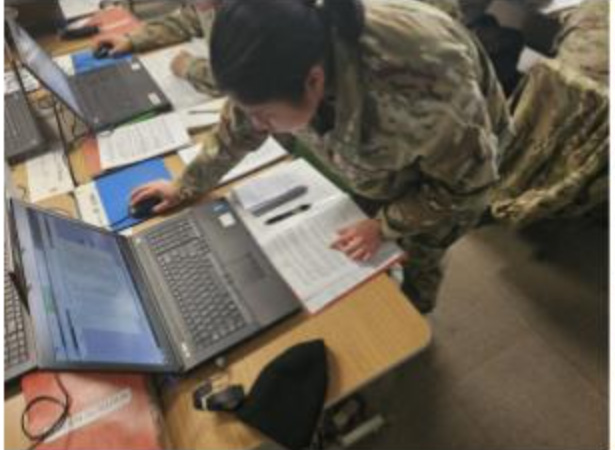
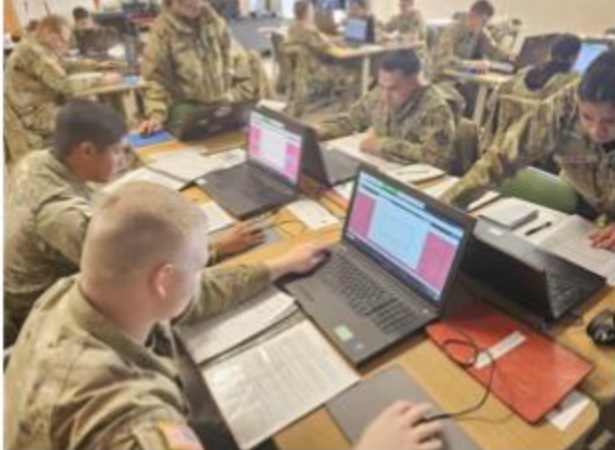
Class 29/30-23 are on their second portion of AFATDS. This week the class works on preparing the AFATDS for Fire Mission Processing by setting preferences in the system to make it easier to process fire missions to the 13B Cannoneers. They also put in meteorological data (weather), update target information, and set commanders guidance's in the system. They will finish out AFATDS with Fire Mission Processing working on building certain missions that could be sent to the 13B’s.
